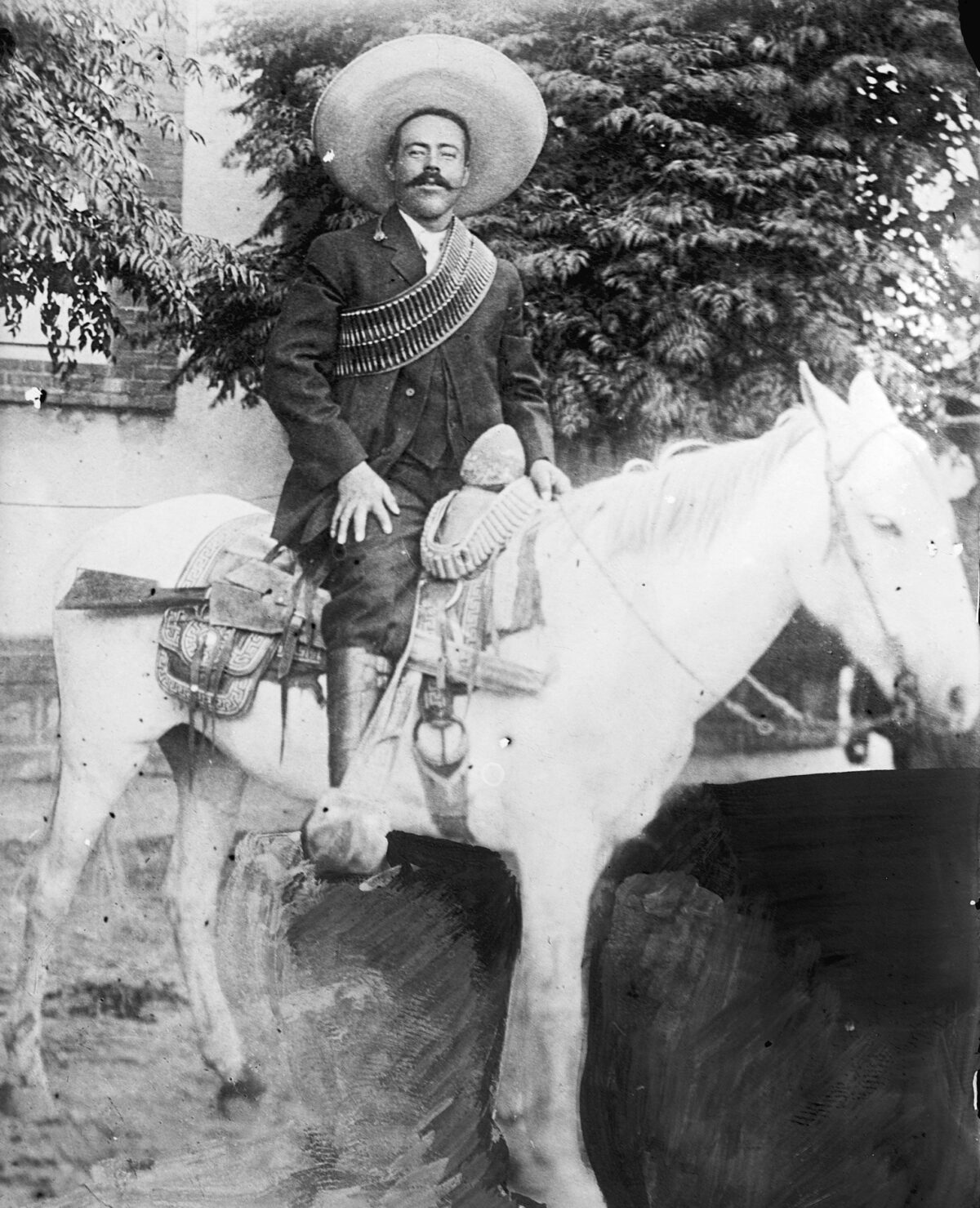His birth name, José Doroteo Arango Arámbula, might be forgotten today, but as Francisco “Pancho” Villa — a name he adopted in the early 20th century — he lives on in everlasting controversy on either side of the U.S.-Mexican border.
Born in Durango, Mexico, on June 5, 1878, Villa made headlines in adulthood as a Mexican revolutionary, bandit and guerrilla. It is uncertain why he changed his name, though he claimed to have done so while on the run from authorities after shooting a hacienda owner who had raped a sister. He might have adopted the name as a nod to his paternal grandfather, Jesús Villa, or perhaps in homage to a late bandit who went by Francisco Villa.
Period accounts depict him as both a ruthless bandit and a benevolent champion of the poor, or the “Robin Hood of Mexico.” In 1914, Villa bought ammunition legally from the United States and secured the support of President Woodrow Wilson in the ongoing Mexican Revolution. Wilson even offered him political asylum in 1915.
But on March 9, 1916, the revolutionary — perhaps believing the U.S. president had betrayed him in his power struggle with Mexican President Venustiano Carranza — directed his Villistas to raid the border town of Columbus, New Mexico. Wilson sent Brig. Gen. John J. “Black Jack” Pershing south of the border in pursuit, but that mission proved unsuccessful.
The uncertainties and mysteries surrounding Villa persisted, though in later life he is known to have turned to ranching. On July 10, 1923, seven riflemen ambushed him as he returned to his hacienda from a trip to Parral, Chihuahua, dropping him with nine bullet wounds.
While the question of who killed Villa has never been satisfactorily answered, one thing is certain — he was shot riding in an automobile, not atop a horse.





